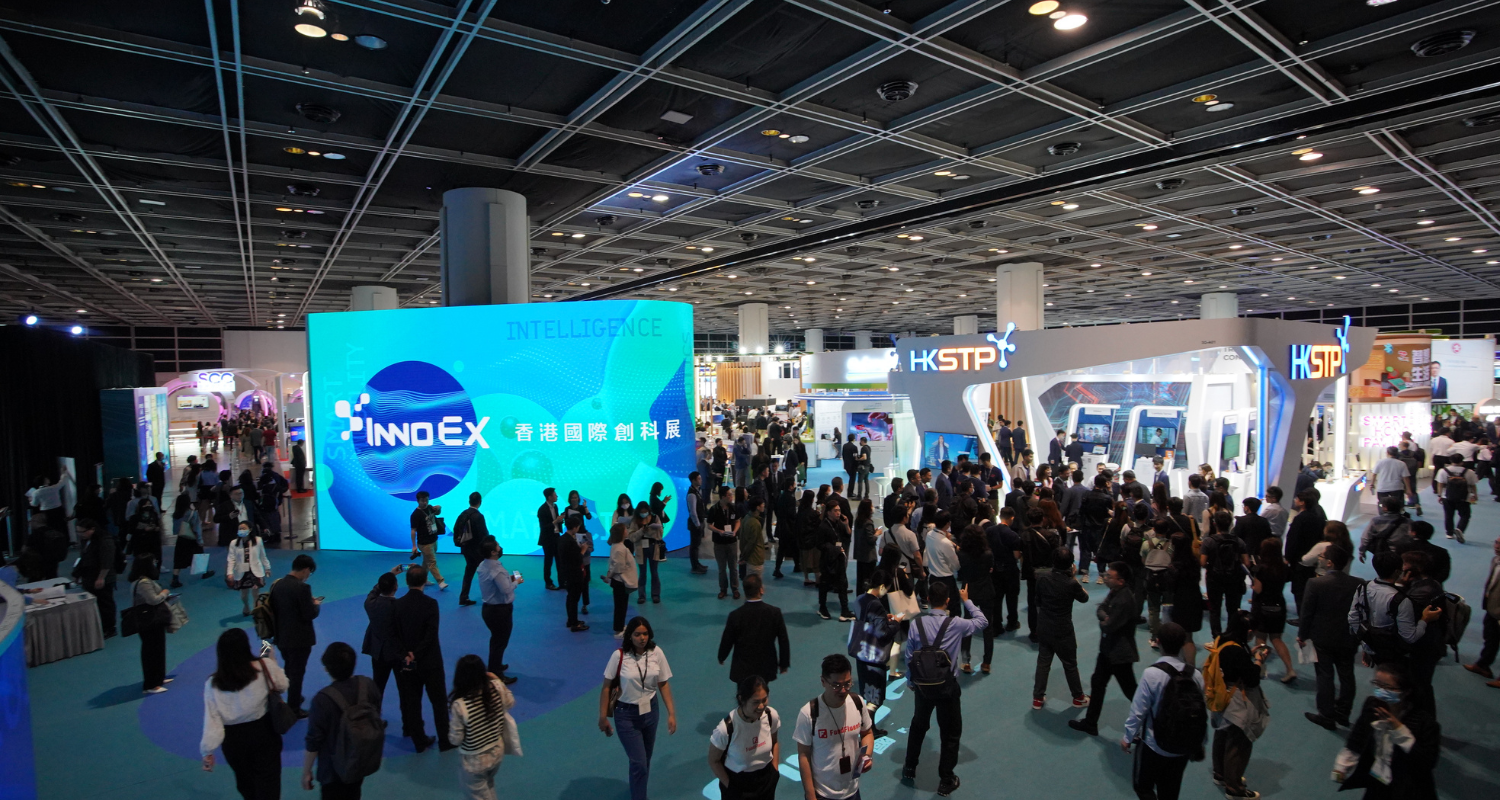Japan-headquartered Astroscale’s COO Chris Blackerby talks to Jumpstart about the importance of space sustainability, and what the company is doing to reduce space junk.
While waste management has been a problem of monumental proportion for the world, the issue has expanded beyond the limits of Earth, and into space.
According to NASA estimates, there are approximately 23,000 pieces of space debris larger than a softball, about half a million pieces the size of marbles, and about 100 million pieces a millimeter in size, orbiting Earth.
One millimeter may seem insignificant on Earth. But in space, these debris travel at speeds of up to 17,500 miles per hour, making them extremely dangerous.Even a tiny fleck of paint can damage a spacecraft’s windows when traveling at such speeds. In fact, millimeter-sized debris are considered to pose the highest mission-ending risk to robotic spacecrafts operating in low Earth orbit.
“If we don’t control space debris, it could get to the point where the risk of it hitting an active satellite gets higher and higher,” Chris Blackerby, COO at Astroscale, tells Jumpstart. Headquartered in Japan, Astroscale is a space sustainability startup working on space debris removal technology. The company has offices in the U.K., the U.S., Israel, and Singapore.
Blackerby explains that the primary risk of debris hitting an active satellite is that it could obstruct communications, or disrupt observations of Earth.
“Further than that, if it hits a satellite, the debris created from that collision could create thousands of more pieces of debris, which then is thousands of more possibilities for another accident to happen,” Blackerby also says.
Meanwhile, not only does space debris create a risk of collision, but in case of an actual collision, the problem of the debris only compounds. In 2009, when a dead Russian communication satellite collided with a U.S. commercial satellite, the collision added more than 2,300 large pieces of debris to Earth’s orbit, in addition to smaller pieces as well.
“As the amount of debris increases exponentially in orbit, the risk also increases,” says Blackerby. “And it’s going to be much harder to clean up all of those small pieces of debris, than it is to bring down some of the big pieces, and just remove or at least significantly lessen the risk that there’s going to be an accident at all.”
How space debris is created
Most large pieces of debris are defunct satellites, Blackerby points out. When satellites come to the end of their lifecycle, they can sometimes die or fail in orbit, or run out of fuel. In this case, they will remain in that orbit.
Eventually, all debris in Earth’s low orbit will come back towards the atmosphere and get burned up. But this could take decades depending on how high the satellites are.
A dead satellite that is 600 kilometers above Earth will stay in orbit for about 25 to 30 years. On the other hand, if it is 800 kilometers above Earth, it will stay in orbit for close to a century or more, Blackerby says.
“That’s a long time to have a piece of dead object in orbit just spinning around the Earth every 90 minutes.”
Some large pieces of debris are also created by upper stage rocket bodies that go up to a higher altitude and stay there, Blackerby adds, unlike the lower stage rocket bodies that enter the atmosphere and get burned up, or reused (as SpaceX is trying to do).
“And there’s a lot of small stuff [such as] paint chips that fall off of rockets, or little screws or bolts that maybe come undone during a launch, or once a satellite has gotten old and things just start falling off,” Blackerby says.
What is Astroscale doing to clean up space?
The space community has been searching for solutions to the problem of space debris, which includes up to 3,000 defunct satellites, for years now. However, because of limitations around testing technologies in space, advancements in this field have mostly remained stunted, even though nets, lasers, and harpoons have all been given serious consideration to remove space junk.
That’s why, since its inception in 2013, Astroscale has focused on building technological capabilities for space debris removal.
The company launched its first End-of-Life Services by Astroscale (ELSA-d) mission only last month to test Astroscale’s space litter-picking technology. ELSA-d, which consists of one large and one small satellite, will demonstrate the capture and removal of space debris from Earth’s orbit using magnetic retrieval, Blackerby notes.
The larger satellite acts as a services, and will test the ability of Astroscale’s technology to find a piece of debris and attach with it.
“The second satellite is much smaller,” Blackerby says, “and that is going to be our stand-in for a piece of debris. So, we’re basically bringing our debris with us on this first tech demo, and we’re going to be capturing it using a magnet.”
The larger servicing satellite has extendable arms with magnets at the end, while the smaller satellite has a magnetic docking plate. During the demonstration, the small satellite will be released and moved away, while the larger satellite attempts to capture it using its magnetic arms.
The company will be doing three trials of this motion. The second will involve making the smaller satellite spin to resemble debris that’s out of control. The larger satellite will circle around the smaller “debris” while attempting to find the docking plate and attach to it.
“And the third time, we’re going to go farther away so that the servicing satellite has to find that piece of debris. So, we’re testing all of these technologies that we think companies and governments will want to use to actually have a service going forward,” he says.
Closer to reality
The space debris currently in orbit are not magnetic in reality, and therefore, cannot be removed using the technique that ELSA-d currently employs. To this end, Astroscale is also focusing on building its robotic arm capture capabilities to grab and bring down pieces of space debris.
The goal of this space debris removal technology is not to bring the pieces of junk down to earth, but to simply de-orbit them. What Astroscale is aiming to do, is to capture the debris and release it close to the Earth’s atmosphere. When the debris enters the atmosphere, it burns up after picking velocity.
Blackerby says that some of the software and visualization cameras that Astroscale is testing with ELSA-d can also be used in missions with robotic arms. However, he notes that Astroscale will require different debris capturing capabilities using robotic arms to bring down existing debris.
The magnetic retrieval process being tested at present can, therefore, only be used for future debris that will be equipped with magnetic docking plates. Consequently, Astroscale is working with B2B partners to help them equip future satellites with docking plates pre-launch. That makes it easier to capture and remove the satellites at the end of their lifetime.
Additionally, the company is also working on technology that can service satellites in orbit, and extend their lives. This can help to dial down lifecycle problems for satellites in orbit that ultimately contribute to the problem of space debris. By venturing into this space, Astroscale is trying to cut itself a slice of the estimated US$4 billion revenue to be generated by life extension and on-orbit satellite servicing by 2028.
Besides, the company has been working with governments to over policies and regulations around space sustainability, Blackerby says.
By focusing on present and future space debris removal, as well as preventing current satellites from adding to the problem, Astroscale is taking a holistic approach towards space sustainability. The company is not only trying to clean up space, but also keep it that way, by working with commercial companies, governments, and other stakeholders.
What’s ahead for Astroscale?
Apart from ELSA-d, Astroscale is working with Japan Aerospace Exploration Agency (JAXA), Japan’s national space agency, on a two-phased mission.
In the first phase, Astroscale is working towards taking pictures of one of JAXA’s in-orbit upper stage rocket bodies. The second phase of the mission would involve grabbing that rocket body, although an official announcement of this is yet to come, Blackerby says.
“It shows [that] governments are actually taking steps to start addressing this problem [of space debris],” says Blackerby.
Astroscale’s U.K. office is busy developing technological capabilities for space debris removal, while its U.S. office is working on geostationary orbit, which is about 30,000 kilometers in altitude, to service and extend the life of large satellites in orbit.
But to drive effective change, Blackerby says, needs awareness and supportive policies. Ultimately, Blackerby says that it is crucial for governments and people to realize the importance of space sustainability, especially since the world is set to have about 15,000 satellites in orbit by 2028.
Space is not the far-off place that does not concern the common man, as it can be commonly understood to be, says Blackerby. In today’s age, the world has a close relationship with spacetech, whether for GPS or checking the weather, he explains. And so, the drive for space sustainability needs to come from all stakeholders in the industry.
Header image courtesy of Wikimedia Commons







